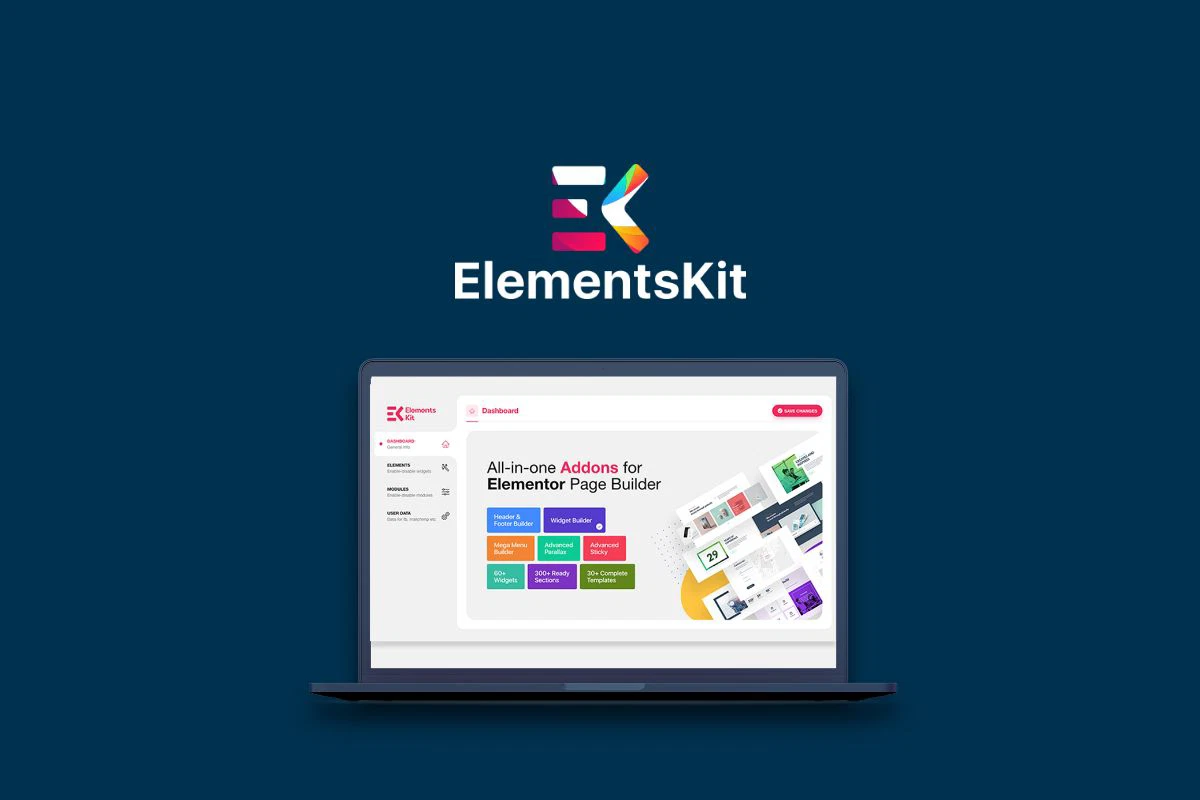Still struggling with which Content Management System (CMS, Content Management System) to choose? People tend to come across two types of programs:CMS SaaS (Software as a Service)) vs.Traditional CMS.. They all seem to be CMSHowever, there are significant differences in the underlying logic, usage and maintenance model. In this article, we will analyze the difference between the two in depth from multiple dimensions, to help you quickly find the right solution for your website.
![Image[1]-Don't choose the wrong again! CMS SaaS vs traditional CMS differences in the truth of the big exposure!](http://gqxi.cn/wp-content/uploads/2025/09/20250916162646938-image.png)
I. Deployment and utilization modalities
- Traditional CMS
Users need to purchase a server or web hosting and manually download and install the CMS program (e.g. WordPress(Drupal, Joomla). All files and databases are managed by the users themselves, and the on-line process of the website is relatively complicated. - CMS SaaS
The platform has prepared all the basic environment, users only need to register an account to open the station, the whole process is similar to "turnkey". Common SaaS platforms include Wix, Squarespace, Shopify and others.
![Picture [2]-Don't choose the wrong again! The truth of the differences between CMS SaaS vs traditional CMS is exposed!](http://gqxi.cn/wp-content/uploads/2025/09/20250916163531954-image.png)
Summary of differences: Traditional CMS is highly autonomous but has a high barrier to entry, while CMS SaaS is quick to get started but limited by the platform.
II. Maintenance and upgrading
- Traditional CMS
All plugins, themes, and security patches need to be maintained by the user or technical team themselves. Although there is a high degree of freedom, if you lack technical skills, you may encounter security vulnerabilities or version compatibility issues. - CMS SaaS
The platform automatically completes all upgrades and security fixes, so users don't need to worry about technical issues and can focus more on content and operations.
![Picture [3]-Don't choose the wrong again! The truth of the differences between CMS SaaS vs traditional CMS is exposed!](http://gqxi.cn/wp-content/uploads/2025/09/20250916164148537-image.png)
Summary of differences: Traditional CMS is costly to maintain, CMS SaaS is more hassle-free.
III. Cost modalities
- Traditional CMS
The program itself is mostly open source and free, but requires additional server fees, domain fees, and paid themes or plugins. The overall flexibility allows you to start with a low cost and may gradually increase expenses due to feature expansion. - CMS SaaS
A subscription-based fee model is used, usually paid monthly or annually. The cost includes hosting, templates, security, technical support and other services. In the short term, the cost is manageable, but in the long term, the cost may be higher than traditional CMS.
![Picture [4]-Don't choose the wrong again! The truth of the differences between CMS SaaS vs traditional CMS is exposed!](http://gqxi.cn/wp-content/uploads/2025/09/20250916164110834-image.png)
Summary of differences: Traditional CMS costs are flexible, while CMS SaaS costs are transparent but more sustainable.
IV. Functionality and scalability
- Traditional CMS
The plugin and theme ecosystem is very rich to WordPress For example, there are tens of thousands of plug-ins that can cover a variety of functions such as e-commerce, SEO, community, membership system and so on. Users are free to develop or customize them with almost no limitations. - CMS SaaS
Functionality is provided by the platform and extensions rely on the platform's app store. While common functionality is largely complete, implementation of highly personalized or special needs may be limited.
Summary of differences: Traditional CMS is more flexible and CMS SaaS is more standardized.
V. SEO and marketing capabilities
- Traditional CMS
With higher SEO controllability, users can manually modify robots.txt, URL structure, site map, etc., with plug-ins to achieve full optimization. For enterprises that focus on content marketing, this is a major advantage. - CMS SaaS
Generally built-in basic SEO features, such as customized titles and descriptions, automatic sitemap generation, but limited flexibility, some of the SaaS The platform's URL structure is not changeable, which is a disadvantage for advanced SEO users.
![Picture [5]-Don't choose the wrong again! The truth of the differences between CMS SaaS vs.](http://gqxi.cn/wp-content/uploads/2025/09/20250916164312780-image.png)
Summary of differences: Traditional CMS SEO is more comprehensive and CMS SaaS is better suited for entry-level SEO.
Sixth, suitable for the crowd and application scenarios
| Platform type | Suitable for people/scenarios |
|---|---|
| Traditional CMS | Businesses or individuals requiring a high degree of customization Supported by a technical team or with development capabilities Long-term planning for branded sites, content marketing sites |
| CMS SaaS | Newbies or SMEs who want to get their website online quickly Focusing on operations and not wanting to spend energy on technical O&M Users who focus on e-commerce, artwork display, and official corporate websites |
summarize
The core difference between CMS SaaS and traditional CMS can be summarized as:
- CMS SaaS: Lightweight, fast, and frugal, but with limited freedom and high long-term costs.
- Traditional CMS: Flexible, controllable and fully functional, but requires technical support and high maintenance costs.
Which one you choose depends on your needs! Quest Save time and effort, go live quickly, CMS SaaS is more appropriate; needs to be Deep customization and long-term expansionThe traditional CMS is the best solution.
Link to this article:http://gqxi.cn/en/76917The article is copyrighted and must be reproduced with attribution.






















![Emoji[jingya]-Photonflux.com | Professional WordPress repair service, worldwide, rapid response](http://gqxi.cn/wp-content/themes/zibll/img/smilies/jingya.gif)






No comments